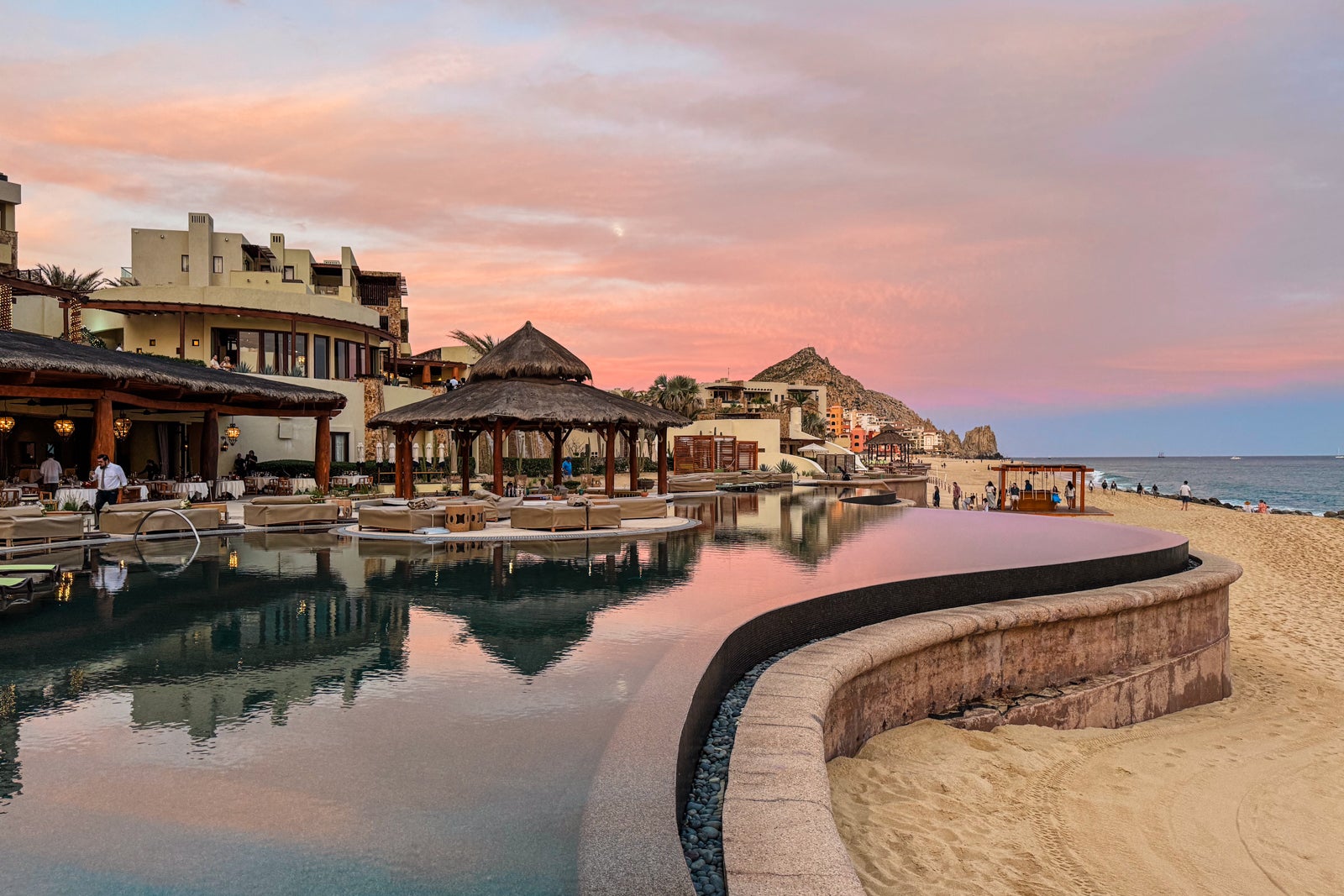Hilton’s CEO on new brands and the booming business of Hilton Honors loyalty
When Hilton CEO Christopher Nassetta took on the top job at the hotel giant in 2007, the company wasn’t exactly known for thinking outside the box or trendy brands.
“We were complacent. There was no culture of innovation. It was more a culture of do it at a relatively slow pace and do it the way we’ve always done it,” Nassetta once told the Washington Post. “It just wasn’t organized in the right way.”
But fast forward 17 years, and Hilton is a hotel force to be reckoned with. The brand increasingly has something to offer for all types of travelers with all types of budgets.
Luxury camping? Check. Lifestyle hotels? Check (and with major plans to grow). Classic ultra-luxury? You bet. Oh, and don’t forget how the company snatched away a Small Luxury Hotels of the World partnership from Hyatt earlier this year.
Ah, yes — and there’s also what some see as the company’s “category killer” debut in the economy space with Spark, a brand launched last year that will typically target the $100 per night hotel space.
So, what has changed at Hilton over the years from that era of complacency?
“I’d say our secret sauce in terms of performance is grit, determination, competitiveness and an entrepreneurial spirit to do it differently,” Nassetta said in an interview with TPG this month at the NYU International Hospitality Industry Investment Conference.
With a current roster of 24 hotel brands — from the affordably priced Spark to the high-end Waldorf Astoria — and a loyalty program that’s nearly 190 million people strong, the company is making significant growth and many changes, achieved primarily via the organic growth of launching brands internally rather than acquiring them.
But even that changed slightly over the last year, as the company acquired the Graduate lifestyle hotel brand and also took a majority stake in the parent company of NoMad Hotels in a quest to beef up its presence in luxury lifestyle hotels.

Daily Newsletter
Reward your inbox with the TPG Daily newsletter
Join over 700,000 readers for breaking news, in-depth guides and exclusive deals from TPG’s experts
“I was an M&A guy in my background, so it’s not like I don’t like doing it,” Nassetta said of buying brands as opposed to building them organically. “But at my core, I’m a very disciplined person. So, the filter of what makes sense for our customer [and] what makes sense for our shareholders in terms of the economics have always been my North Star.”
The rise of Hilton Honors and partnerships
While Nassetta declined to weigh in on industry chatter that Hilton Honors is within striking distance of overtaking Marriott Bonvoy as the largest hotel loyalty program, he was more than happy to point out the strength and expansion of Hilton’s network.
Hilton Honors adds roughly 80,000 new members a day, and the overall loyalty program accounts for about 64% of total Hilton room night bookings. The goal is to get that to 65% by year’s end, and Nassetta indicated he thinks it could eventually hit 75%. Further, the company is moving into more experiential offerings within the program.
“I want it to grow, but I want engagement, and I want it to ultimately drive satisfaction and market share so that owners want to keep reinvesting,” he added. “That’s how I think about our ecosystem.”
Further growth opportunities come from Hilton’s cobranded credit card partnership with American Express. Hilton became the first co-brand partner for American Express in the ’90s, and the partnership — American Express is the exclusive cobranded credit card issuer for Hilton — was renewed last year with a 10-year extension.
“This extension builds on the strong foundation we’ve built over the years with Hilton and gives us a long runway to invest in products and services and attract new customers and deepen our relationships with existing ones,” American Express CEO Steve Squeri said on an earnings call last year.
“Even though it’s grown considerably, we believe there’s a lot of upside left,” Nassetta added when speaking to TPG this month.
Luxury vs. lifestyle vs. budget-friendly brands
It’s difficult to pinpoint a singular direction Hilton is taking these days, as brand growth encompasses so many points along the travel food chain.
Spark and LivSmart Studios both launched last year and cater to more affordable segments of the market, as well as extended-stay trips. Graduate and NoMad will boost Hilton’s presence in the trendy lifestyle hotel sector dominated by brands like Marriott’s Edition, Accor and Ennismore’s The Hoxton and Standard International. Hilton’s AutoCamp partnership even gives it a presence in the booming business of high-end camping.
The company’s legacy brands are also seeing major upside: Waldorf Astoria has a development pipeline that should expand the 35-hotel portfolio by 75%, including recent openings in the Seychelles and Doha and upcoming openings in London; Hanoi, Vietnam; Costa Rica; Kuala Lumpur, Malaysia; Jakarta, Indonesia; Sydney; Tokyo and Osaka, Japan; and Riyadh, Saudi Arabia. The long-awaited reopening of the Waldorf Astoria New York is also on the horizon.
So, are there any blank spaces left for Hilton to fill in its brand lineup?
“What I’m really trying to push our team on is how, now that we have the right lineup, let’s make sure that, with our legacy brands, we continue to reinvent them to keep them strong,” Nassetta said. “Let’s make sure our new brands that we’ve created get a proper birthing and launch and can ramp to scale, and let’s make sure these new ‘children’ that we’ve ‘adopted’ are integrated fully and that the opportunities are maximized.”
But, he later added, “There will inevitably be a next thing.”
It seems if you have a travel desire, there will eventually be a Hilton brand for that.
Related reading:

